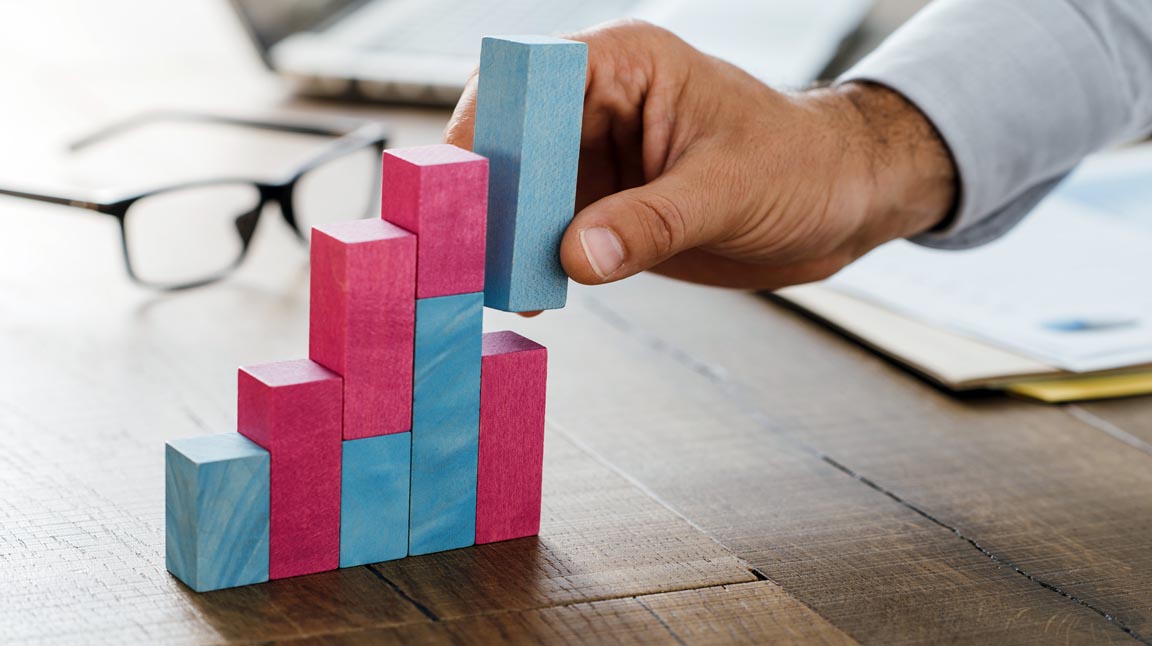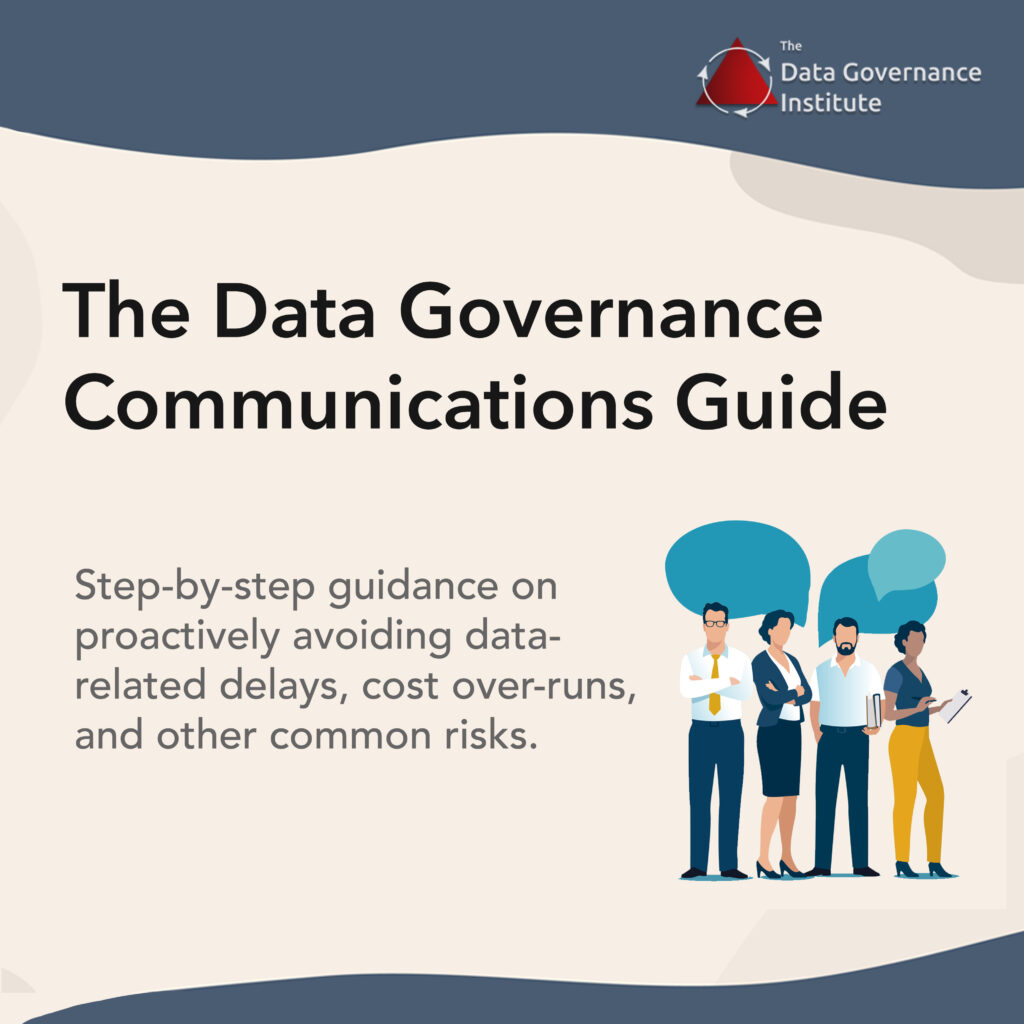Everything an organization does should tie to one of three universal value drivers
- Increase revenue and value
- Manage cost and complexity
- Support Risk Management and Compliance efforts, and increase confidence.
Data Governance efforts MUST tie back to one or more of these drivers. And YOU must communicate how it does.

Here are some of the ways a Data Governance effort can benefit you:
Increase revenue / value of assets
- Improve the value of the company to those who would acquire it
- Create “sellable” information products
- Utilize information assets to make new sales
- Utilize data to achieve new business capabilities
- Better understand customers
- Better understand product (and other) hierarchies
Reduce costs
- Reduce duplicate data and its costs
- Reduce duplicate data management processes (example: costs of data modeling, data administration, data quality)
- Reduce likelihood of errors and associated costs (in software development, report development, information interpretation) due to lack of understanding of data or poor quality data
Support Compliance While Reducing Costs
- Achieve compliance goals
- Avoid cost of penalties associated with non-compliance
- Avoidance of reputational hit (brand impact)
- Avoid higher audit fees due to lack of confidence in “authoritative data”
- Reduce management attestation/certification costs
- Reduce costs of pre-audit testing
Support Impact Analysis
- Increase ability to do useful impact analysis (by providing authoritative business rules, system of record information, and data lineage metadata)
- Provide a capability to assess cross-functional impacts of data-related decisions
Help Align Efforts
- Assist business teams (Business Continuity, Disaster Recovery, Security, and Privacy) to articulate their data-related business rules and requirements to IT, Architecture, and Data Management teams
- Consider requirements and controls in an integrated fashion
- Avoid “undoing” work or rendering controls invalid
- Craft cross-functional accountabilities
Improve Data Repositories
- Provide accountability and support for improving the quality of data in the repository so it can become an authoritative source of information
- Reduce likelihood of architectural decisions that limit the organization’s ability to analyze its information
- Increase ability to find authoritative information quickly
Improve Confidence in Data
- Increase confidence in data-related decisions
- Increase ability to make timely data-related decisions (this can affect time-to-market for projects and applications)
- Increase confidence in data appearing in financial and management reports
- Increase confidence in data strategy by providing a cross-functional team to weigh in on key decisions



